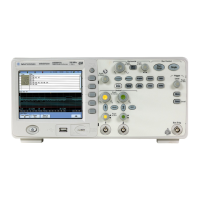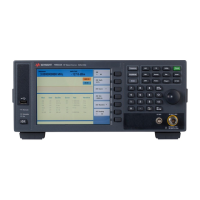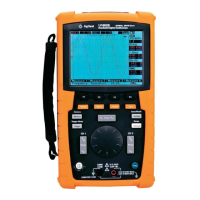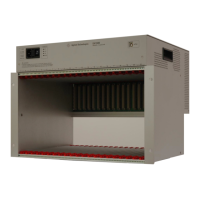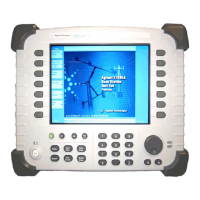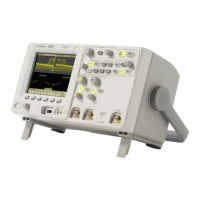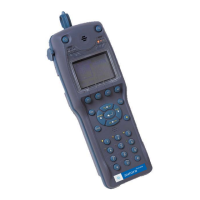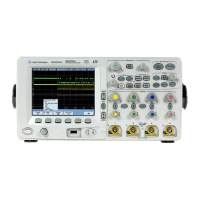Lesson 1 – The Training ADC
293
1-1 ADC Basics
A/D vs. D/A Converters
An ADC is not the mathematical inverse of a DAC.
This means that ADC testing requires different test procedures
than DAC testing.
Common parameters like integral non-linearity (INL) and
differential non-linearity (DNL) are defined differently for the two
types and hence measured differently. The equations that apply to
one type cannot simply be reversed for specifying or testing the
other type.
The ideal DAC has an accurate one-to-one mapping between input
and output. Each point in the figure below is well defined.
Ideal DAC vs. Ideal ADC
The ADC on the other hand transforms a continuum of input
voltage into one output value. If we see the output, we cannot tell
exactly what the input was.
This uncertainty is also the reason why an ADC cannot be tested
by simply applying constant DC voltages (or staircase voltages)
and looking whether the device responds with the correct codes.
Digital input code
Discrete analog
output voltage
Ideal DAC Ideal ADC
Analog continuous input
Discrete digital
output values
Uncertainty

